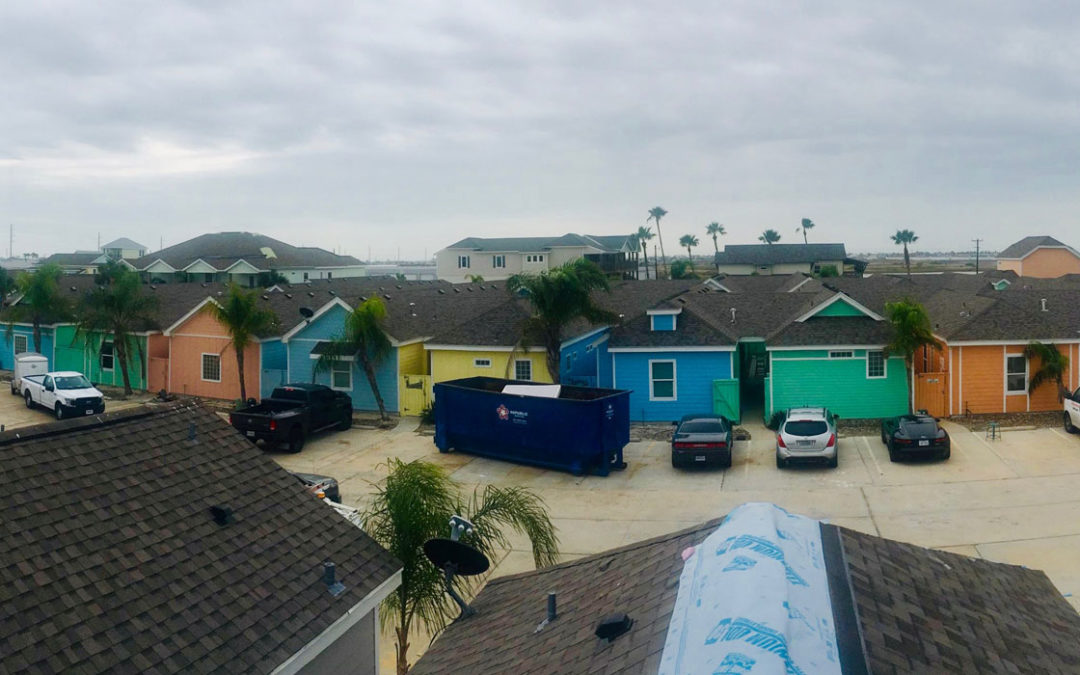Hail damage to your roof can be subtle but serious, leading to leaks, structural issues, and costly repairs if not addressed promptly. Recognizing the signs of hail damage early is crucial for preventing further problems. Here’s how to identify whether your roof has been affected by hail:
1. Inspect for Visible Damage
Hail can cause noticeable damage to various roofing materials. Start with a visual inspection from the ground and then move to a closer inspection if it’s safe.
Asphalt Shingles: Look for dents or divots on the shingles. Check for missing granules, which may appear as bald spots or excessive granule buildup in gutters.
Metal Roofs: Examine for dings, dents, or deformation on metal panels. Check for scratches or paint damage.
Tile Roofs: Look for cracked, broken, or displaced tiles. Check for any signs of loose or missing tiles.
Slate Roofs: Inspect for cracks or breaks in the slate tiles. Look for any displaced or missing slates.
2. Check for Dents and Deformation
Hailstones can cause dents and deformation in various roofing materials.
Gutters and Downspouts: Look for dents or dings in gutters and downspouts. These can indicate that hailstones impacted these components.
Flashings: Inspect flashing around chimneys, vents, and skylights for any signs of damage or bending.
Roof Vents: Check for damage or denting on roof vents and other protrusions.
3. Look for Internal Signs of Damage
Sometimes the damage is not visible from the outside, so check the interior of your home for signs of roof damage.
Ceiling Stains: Look for water stains, discoloration, or sagging on your ceilings, which could indicate leaks from roof damage.
Attic Inspection: Check the attic for signs of water leaks, daylight coming through the roof deck, or damaged insulation.
4. Examine Shingle Granules
Hail can dislodge the granules from asphalt shingles, reducing their effectiveness.
Gutters and Downspouts: Look for an excessive amount of granules in your gutters and downspouts. A small amount is normal, but a significant accumulation can indicate damage.
Shingle Surface: Check for bald spots on shingles where granules are missing.
5. Assess Roof Slope and Area
Hail damage can vary based on the slope and area of the roof.
Higher Slopes: Roofs with a steeper slope may show less visible damage, but it’s still important to inspect these areas.
Flat Roofs: Flat roofs can experience more significant damage and may require thorough inspection by a professional.
6. Compare with Neighbors
If your area experienced a hailstorm, your neighbors’ roofs may have similar damage.
Ask Neighbors: Check if your neighbors have had their roofs inspected or repaired. If many homes in your area have visible damage, your roof may also be affected.
7. Get a Professional Inspection
A roofing professional can provide a detailed inspection and assessment of hail damage.
Hire a Roofing Contractor: Contact a licensed and experienced roofer to conduct a thorough inspection. They can identify damage that may not be visible to an untrained eye and provide recommendations for repairs or replacement.
Identifying hail damage to your roof involves a combination of visual inspection, checking for internal signs, and consulting with a professional. Early detection is key to addressing issues before they escalate into more significant problems. If you suspect hail damage, don’t hesitate to get a professional evaluation to ensure your roof remains in good condition and continues to protect your home effectively.
Contact Us
Texas Coastal Roofing and Construction can help you maintain your roof’s excellent condition. We offer a variety of services. Call us today at (361) 332-1263to learn more. We serve the Corpus Christi coastal bay area including Portland, Rockport, Port Aransas, McAllen, North Padre Island, Kingsville, Mathis and more!


Recent Comments